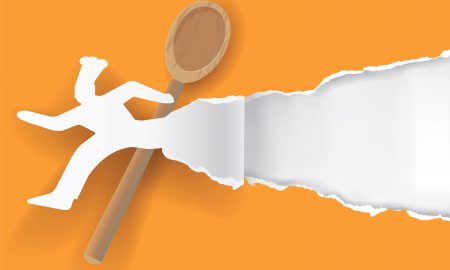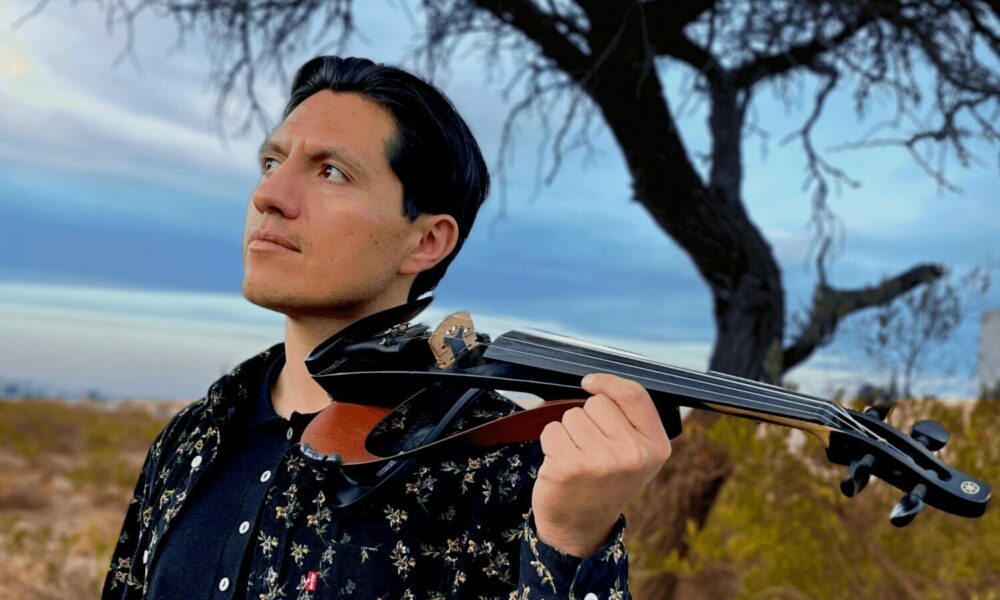

Today we’d like to introduce you to Miguel Fajardo.
Hi Miguel, can you start by introducing yourself? We’d love to learn more about how you got to where you are today.
For as long as I can remember, I have had a great love for music. At six, I asked my parents to enroll me in music classes. Unfortunately, my family did not have a solid musical culture, so I needed to receive a proper musical education. I am the only member of my family who decided to follow this path. At 13, capable of moving independently, I took public transportation and went straight to a music school, the Instituto de Bellas Artes in San Luis Potosí. There, I started with classical guitar. Later, I met a friend who introduced me to the requinto, a Mexican instrument used in romantic trios, which is tuned a fourth higher than regular guitars. This instrument became my main focus. By age 15, I was already working in bars, playing the requinto. I was determined to pursue a music career when I finished high school. One day, while walking down the street, I saw a violin for sale for 500 Mexican pesos, approximately 30 US dollars. At that time, I had a brief romance with a girl who played the violin, which sparked my curiosity. So, I bought it and began my journey as a violinist, an instrument that would forever change my life.
Feeling lost, I enrolled in the conservatory in my city. In a dramatic turn, I decided to use the violin as my main instrument despite having more experience with the guitar. This decision was one of many in my life based on intuition rather than reasoning. The five years I spent at the conservatory were emotionally very fulfilling because I was finally dedicating myself full-time to my passion for music. It was a great privilege. The path of classical music led me to meet great teachers, many of them from other countries, especially Russians, who formed the symphony orchestra in my city. These musicians taught me a lot about discipline, technique, and artistic and aesthetic concepts fundamental to my career. As a result, I was a member of the symphony orchestra for eight years.
However, I still needed more than classical music. My heart was in popular music. I missed improvising, composing, and being more upfront on stage. This curiosity led me to join Sangre de Coyote, an eclectic group of young people who made music with total freedom. I identified with them and started my journey in jazz and improvisation, playing popular music again, such as boleros, gypsy jazz, klezmer, tango, and more. Gradually, I distanced myself from the classical music world to become a full-time famous musician, especially in 2015 when I was invited to play with maestro Martin Cossio, a great pianist, in San Antonio, Texas, for two years. After this stage, I began to collaborate more and developed a reputation as a jazz violinist. This led me to give a TED talk in 2017 on jazz manouche and later, in 2019 and 2020, to offer a masterclass on jazz violin and improvisation at the Django Festival in Tepoztlán, Morelos.
During the pandemic, I decided to move to San Francisco, Nayarit, where I met extraordinary musicians with whom I still collaborate, such as Pedro Dabdoub, composer of “Un mundo de Caramelo” by Danna Paola and “Tu amor me hace tanto bien” by Alejandro Fernández. With Pedro, I produced an album called “Crónicas de medianoche,” released in April 2023 and available on all platforms. Also, during the pandemic, I had the opportunity to collaborate with violinist Karen Bentley, one of the most prestigious violinists in contemporary classical music. Karen thoughtfully motivated me to compose for the first time, creating “Estrellitas de esperanza,” a violin duet I recorded with Karen herself.
Other vital productions in my career include arrangements of “Oblivion” by Astor Piazzolla, “Over the Rainbow,” and my most recent composition, “Electricidad interna,” a quartet for violins. All these productions can be heard on Spotify, iTunes, Amazon, and all major platforms. I am fortunate to collaborate with admired musicians such as the incredible drummer Karina Colis, pianist Samuel Martínez, and bassist Ricardo Vega. With them, I have shared the stage at festivals and other events in various venues across Mexico, which have been enriching and satisfying experiences for me. My next production will be an album, on which I will collaborate with them.
Can you talk to us about the challenges and lessons you’ve learned? Looking back, would you say it’s been easy or smooth in retrospect?
Dedicating myself to music has been challenging, especially during the pandemic years. It was very stressful for me because I had a year full of scheduled performances. I remember being in Tepoztlán, enjoying the Gypsy Jazz Festival in March 2020, where I was invited to give a masterclass on jazz and improvisation. Suddenly, we received the news that there would be a mandatory lockdown. Gradually, all the scheduled performances were canceled, and anxiety, as well as financial pressures, began to grow. I must say that I feel like I am only now starting to recover from that blow. It was emotionally very challenging, and several of my full-time musician friends found other jobs and no longer dedicate themselves entirely to music. I am one of the fortunate ones who, for some reason, still pursue this art full-time.
Interestingly, during this period, I decided to leave my city and move to a place with more nature. I never imagined finding musicians there who would significantly boost my career. The difficulties that come with my career have been spiritual lessons that have made me a better person. I have nothing but gratitude for music.
Alright, so let’s switch gears a bit and talk business. What should we know about your work?
People generally know me more as a violinist, which is my main job. For example, one of my most profitable ventures is playing at weddings and events. However, as an artist, I differentiate myself by being very versatile. I have played in orchestras and at jazz festivals. I have produced online courses, taught classes, arranged songs I like, and created my productions. This includes composing, arranging, recording, mixing, mastering, and even designing the covers for my albums. My specialty is being a versatile musician who can play many types of formats and styles of music.
In terms of your work and the industry, what are some changes you expect to see over the next five to ten years?
The music industry is changing radically due to digital media. There is more variety and more audiences than ever before. The freedom to make music and express oneself is only increasing. Unfortunately, the technical level, the demands, and the competition are also growing. Therefore, it is essential to differentiate oneself as an artist, as the audience increasingly seeks new and unique experiences. Differentiation and creativity are key points for building a career in music.
Contact Info:
- Website: https://open.spotify.com/artist/0Cce2v0CoHnGtFtcLus30Q?si=XFVxqt9uSp-R1ZVv0uZ9Pw
- Instagram: https://www.instagram.com/miguelfajardomusic/
- Facebook: https://www.facebook.com/miguelfajardomusic
- Twitter: https://twitter.com/miguelfajardovl
- Youtube: https://www.youtube.com/c/MiguelFajardo
- Other: https://www.tiktok.com/@miguelfajardomusic11

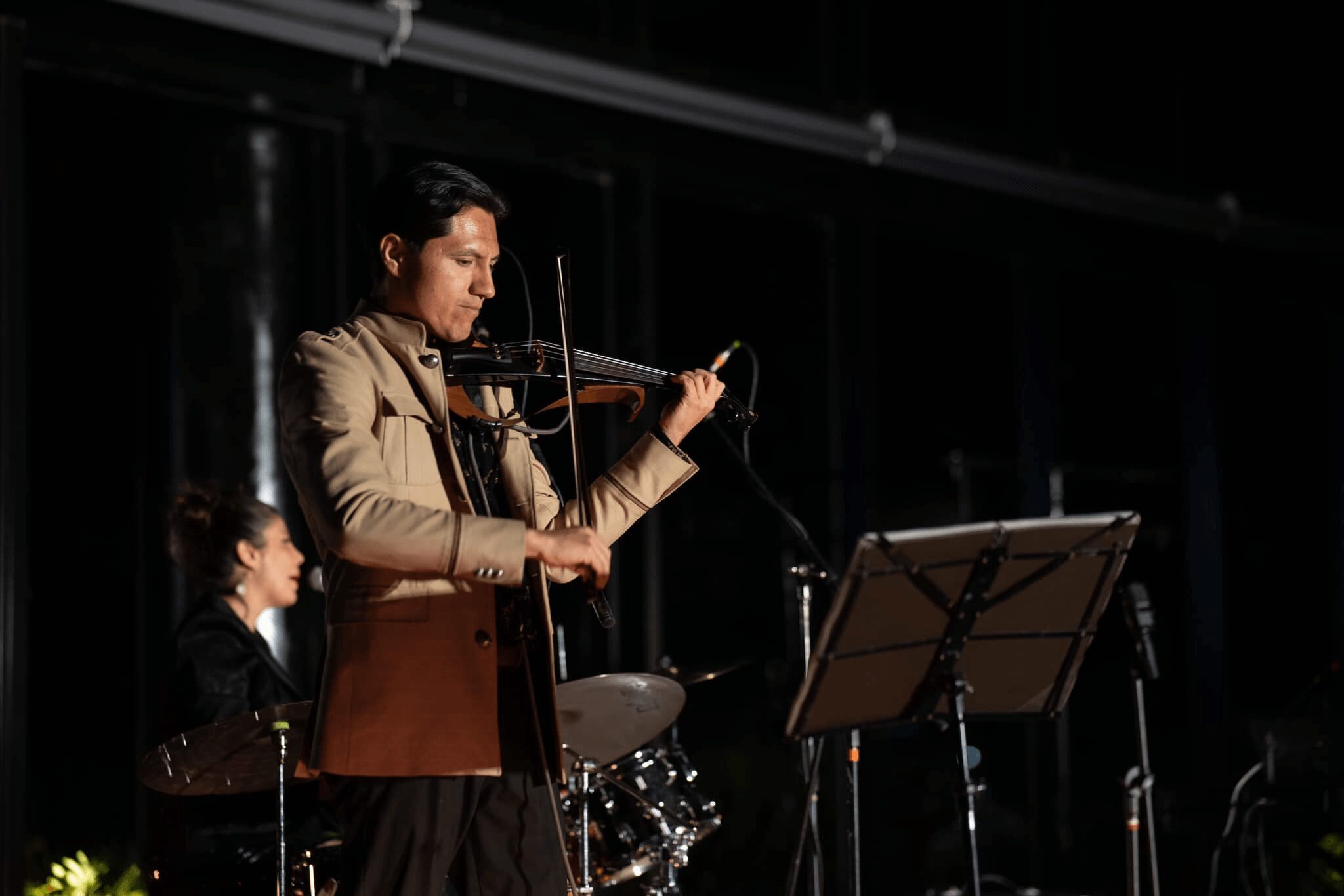

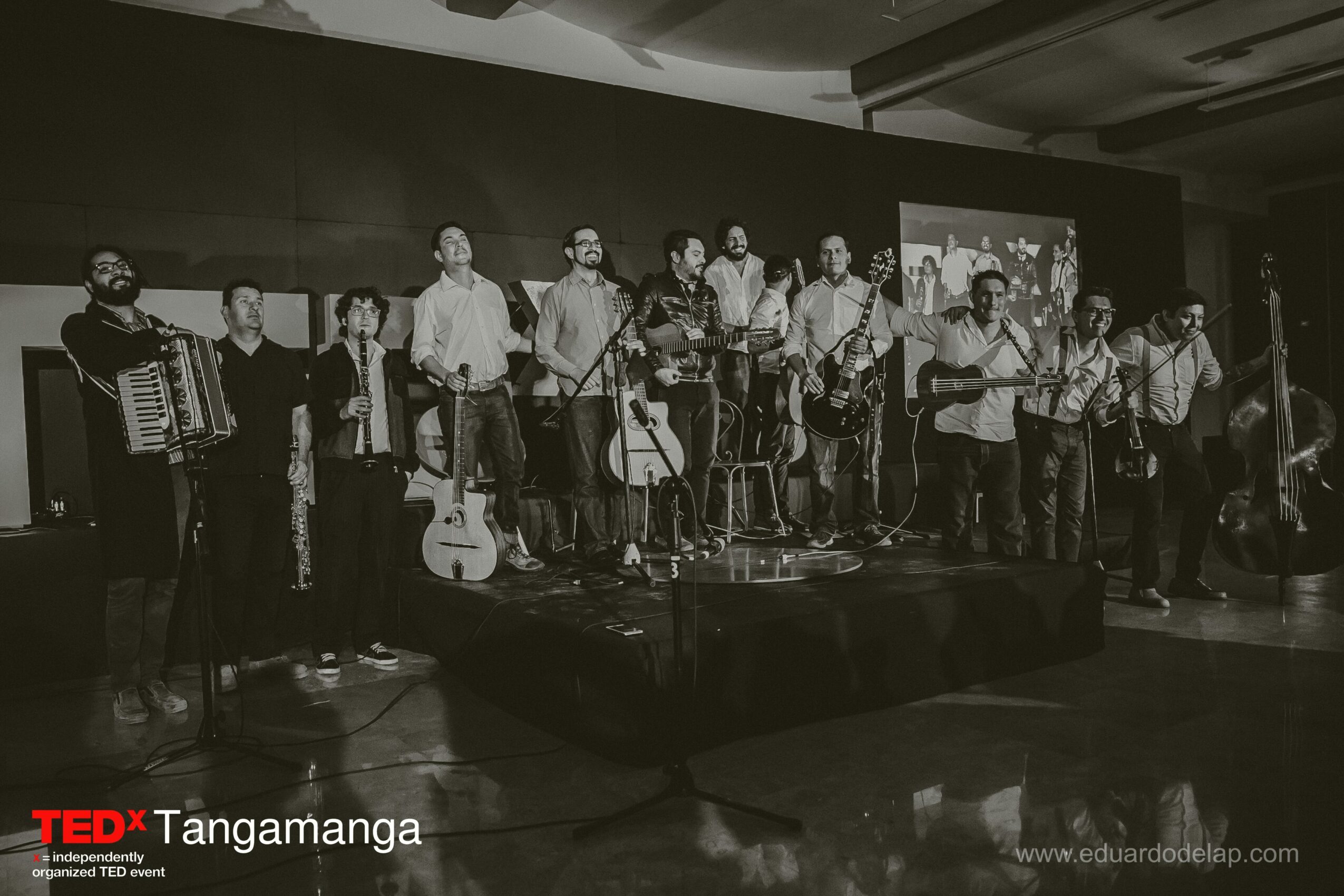
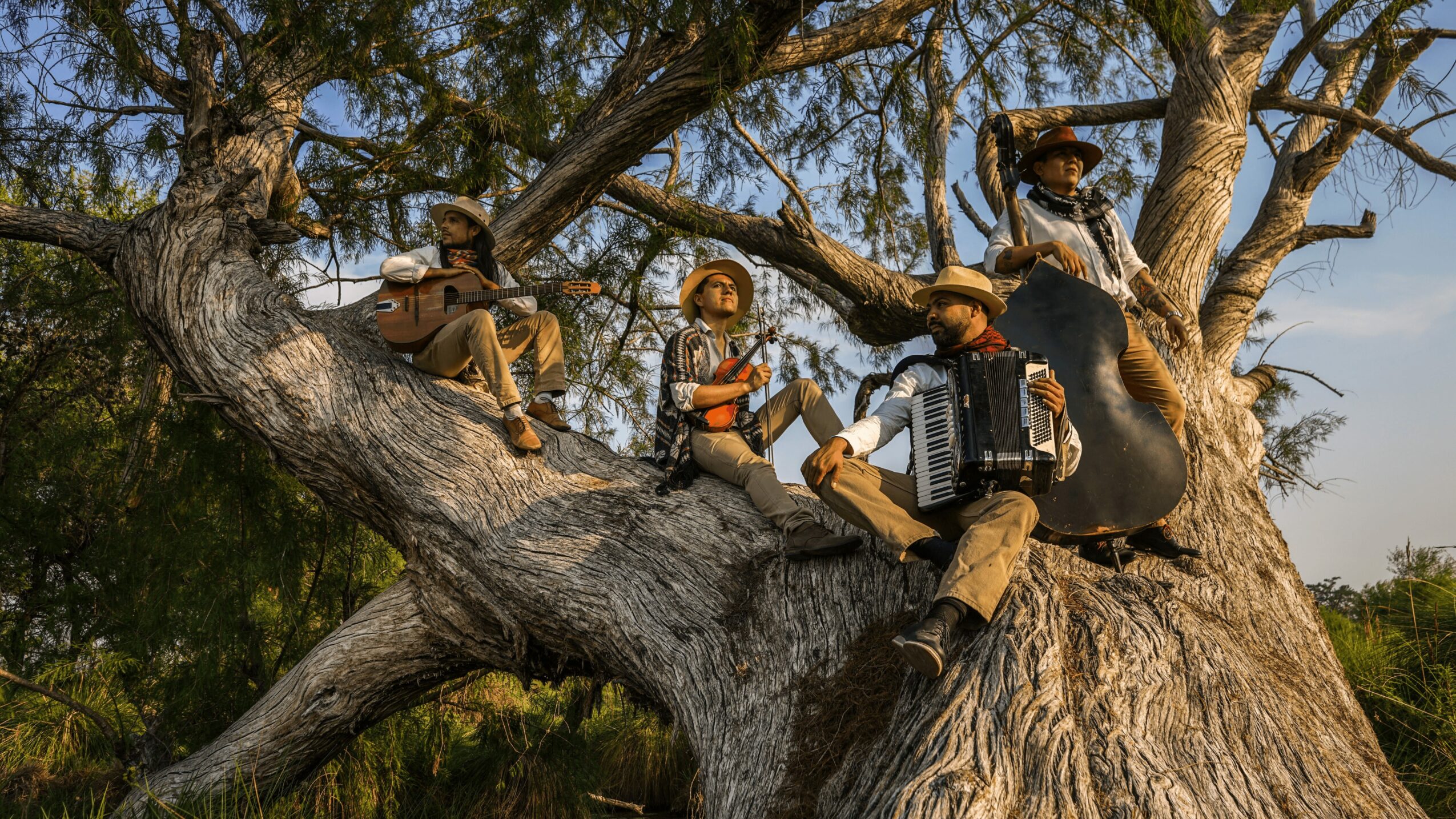
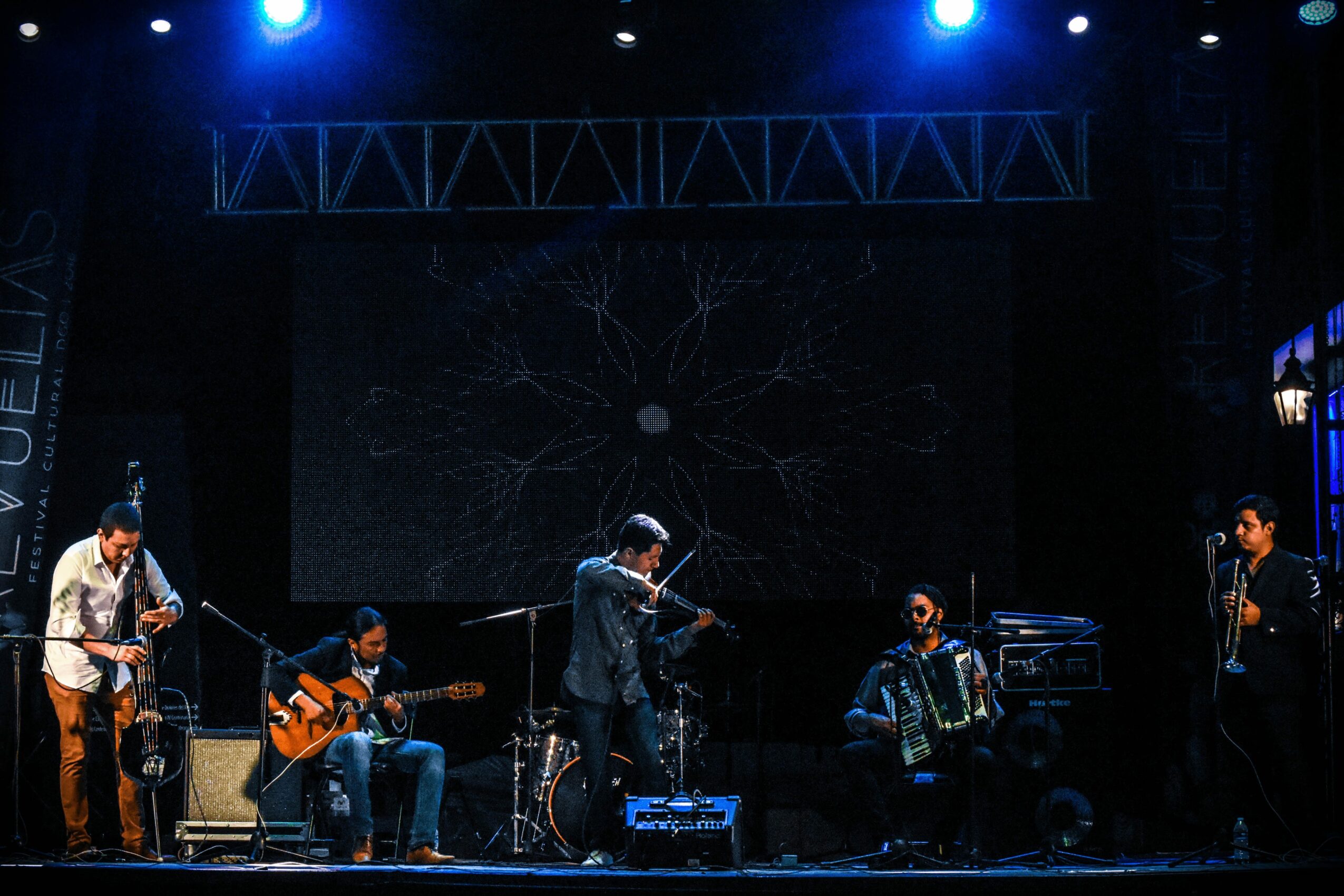
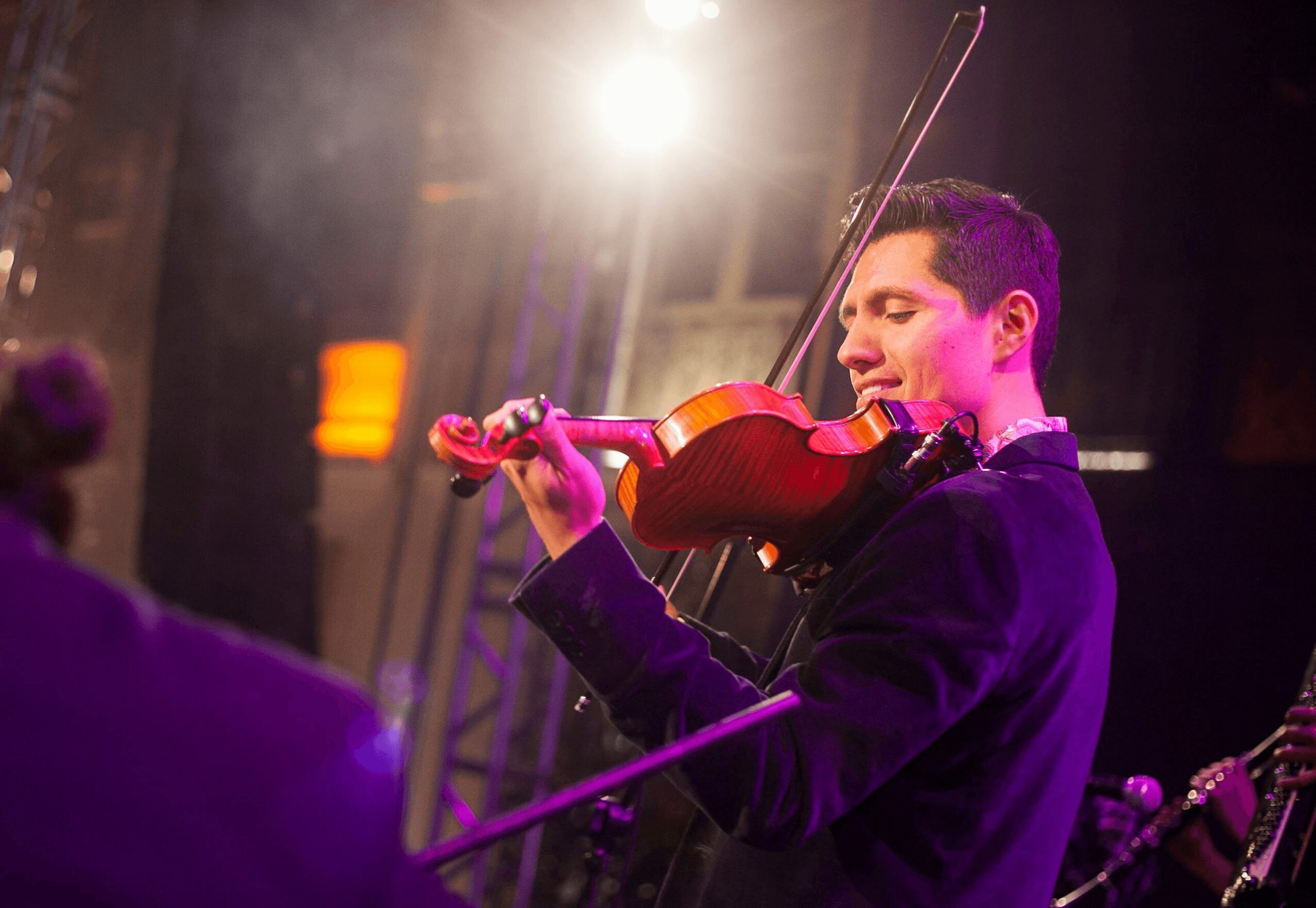
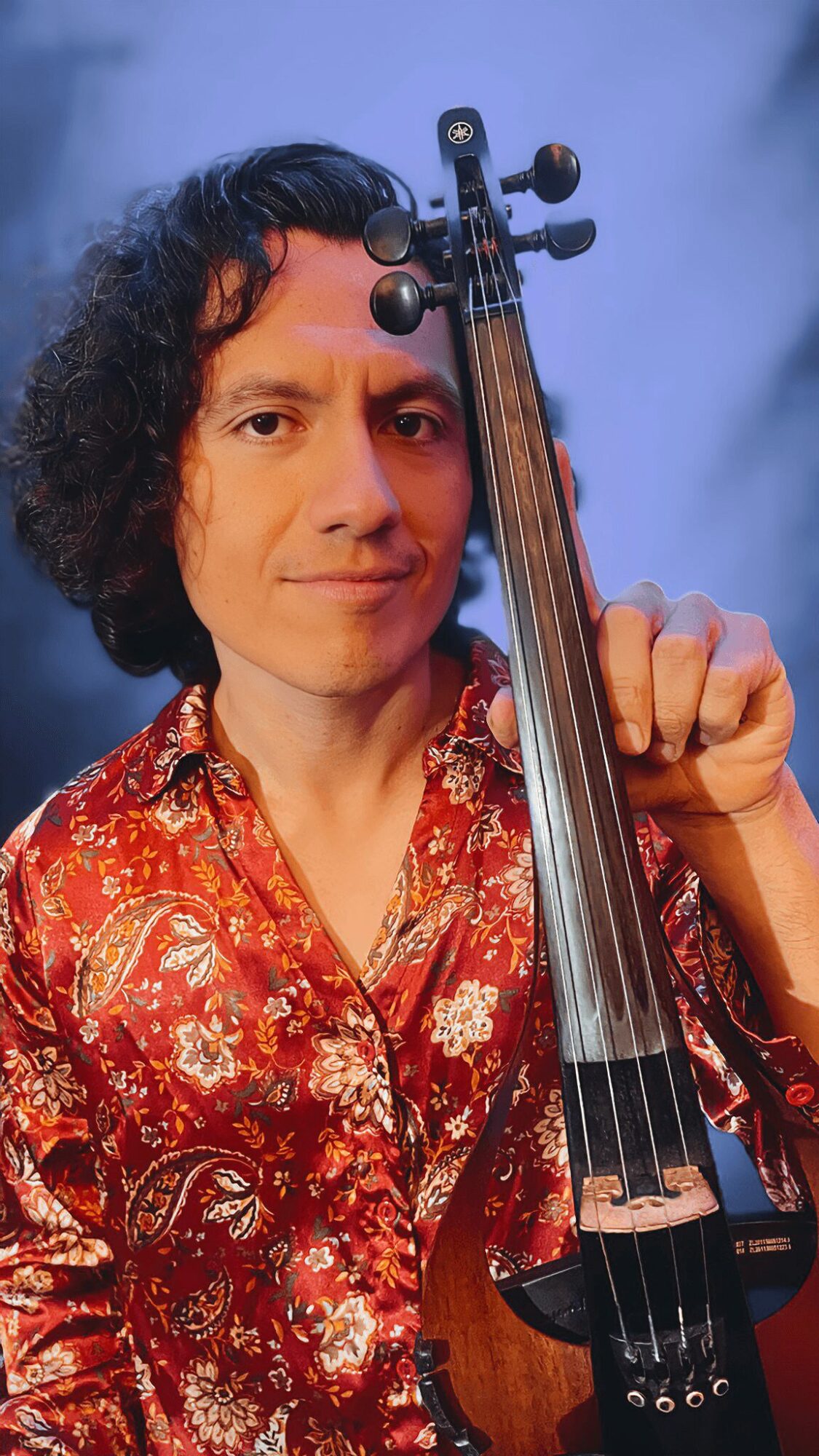
Image Credits
Ricardo Irak, Alis González, Karina Colis





